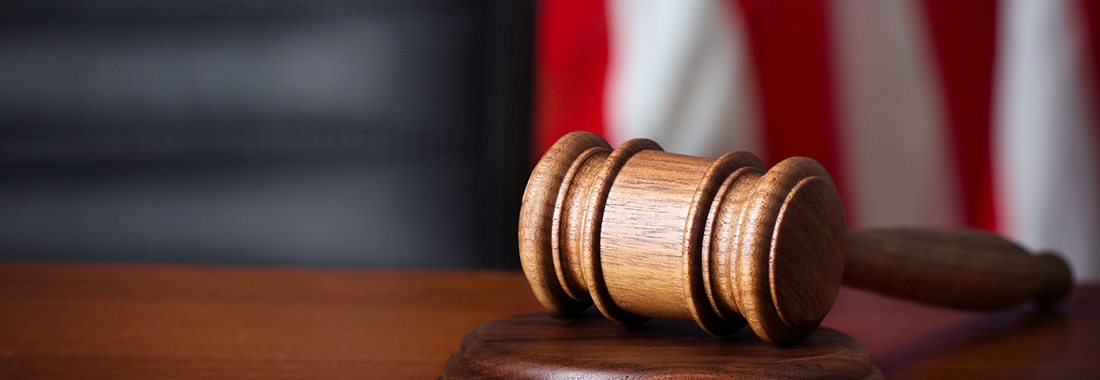Author: Dr. Emily Stacey, Rose State College
It came as a shock, but perhaps not a surprise, when Justice Ruth Bader Ginsburg passed away due to her battle with cancer in mid-September. Immediately after news of her passing circulated throughout the nation, the politics of the Supreme Court set in, and the battle for her open seat commenced.
The Supreme Court is a basic part of American Government curriculum in terms of institutions and the way in which those institutions function within the democracy. However, very little attention is typically paid on the politics of placing justices on the court (probably because it is a rarity).
I find my students are least knowledgeable about the Supreme Court when they enter American Government. They’re often surprised when I drone on and on about its importance in deciphering the interpretation of our Constitution in the modern democracy.
Students are shocked to learn the justices on the Court aren’t at all accountable to the citizens nor do the citizens get a direct say in the placement of judges on the bench.
Many Americans disregard the Court until it takes on a controversial case, or until there’s an open and hotly contested seat to fill. But, it’s a critical part of our democratic fabric that students must understand is not apolitical (although it should be).
Here are a few things to keep in mind when covering the Supreme Court in your Political Science courses.
Explain the Justices’ role.
This topic is usually covered early in the chapter on the Judiciary. However, justices do more than just decide cases and put out opinions.
Many of our current and former justices have become popular culture figures, such as the Notorious RBG or Antonin Scalia, who was infamous for his scathing dissents, and became an outspoken hero of the conservative right in America.
There are (theoretical) limitations to what a justice can advocate for and against in public. However, many justices have family members who are figures in partisan politics. And, for many, it becomes hard to separate the politics of one figure from the public figure (e.g., Clarence and Virginia Thomas).
Remind students that justices aren’t beholden to the president who put them on the bench (or their political party).
It’s easy to assume the judges who become Supreme Court justices would be grateful and therefore favorable to the political leanings of the president who placed them on the court for life.
However, it’s very important to note judicial independence in the United States. Supreme Court justices will often rule on various cases in varying ways that may or may not impact politics. The justices are to be impartial when it comes to partisan preferences. Decisions and opinions should be based on facts and application of the law—not based on Republican vs. Democrat.
Pay attention when your presidential candidates talk about potential candidates to sit on the Court.
This is the most important point for me as a professor. Presidential elections are the only chance American citizens have to weigh in on the selection of Supreme Court judges. It’s disheartening to watch debates and hear nothing regarding the Supreme Court or potential vacancies until it’s a reality.
The American people must demand their presidential candidates convey the importance of the Court in our democracy. They should also tell us what kind of humans they’d nominate to fill such critical lifetime positions.
Assign court cases to students during the Supreme Court session on relatable topics.
I know, I know—we’re political scientists and we like the tried and true. Old-school cases such as Brown vs. the Board of Education or Roe vs. Wade. However, these cases that’ve been decided aren’t as sexy to our burgeoning students as they are to us.
Assign your students new cases on topics that are of interest to the democracy they live in. These might include: Citizens United v. F.E.C. (2010); Obergefell v. Hodges (2015); and McGirt v. Oklahoma (2020). Applying contemporary cases to concepts and topics students consume in the course helps them better understand the relevance of both the Court and the issues themselves.
For further insights and peer-tested tips on teaching an effective course, check out our full library of professional development resources.

